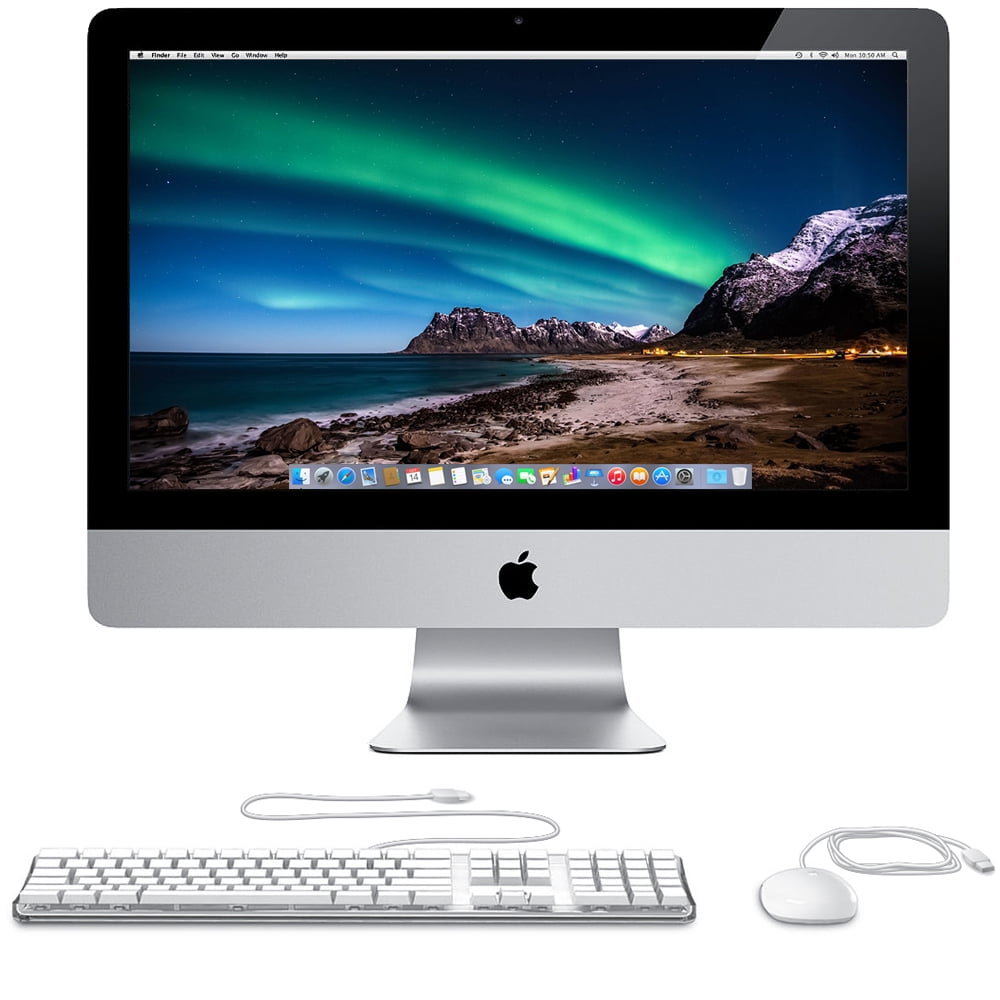
To do this, go to Spotlight (magnifying glass in the toolbar), search for “Disk Utility,” and click on Disk Utility.app. Yes, you can also use Disk Utility to repair a hard drive on your Mac.
HOW TO OPEN A MAC HARD DRIVE MAC
Can I repair my Mac hard disks without using fsck? When fsck is finished checking and repairing the filesystem, type reboot into the command prompt and press “Enter.” Frequently Asked Questions 1. If it finds no damage, it will exit with “OK.”ħ. fsck will check the file system and attempt to repair any damage that it finds. Other available filesystems include fsck_msdos, which runs on FAT file systems fsck_exfat, which examines ExFAT filesystems and fsck_udf, which looks at UDF file systems.Ħ.

That command will run the HFS sub-version of fsck on that drive. Open Terminal (/Applications/Utilities/Terminal.app). We’ll use Terminal’s diskutil command to accomplish that.ġ. Finding the Right Diskīefore you can run fsck, you’ll need to find the device node and identifier of the disk you want to target. And if left unaddressed over time, these could cause significant damage to the drive. If you hear these noises, it’s a sign that the Mac’s mechanical drives aren’t working properly. What isn’t normal, however, is hearing sounds like clicking and grinding. Some level of noise from your Mac is normal, especially if you’re running programs that take up a lot of energy. If a disk has stopped working properly, you may find that you can no longer use certain files or documents. Files on Your Mac Become CorruptĪnother sign that your hard drive is failing is your files becoming corrupt.Ĭorruptions often occur during the writing phase.

Your Mac may take longer to load, or you could struggle to open apps that you use regularly. If this begins to fail, you may begin to notice that your programs stop running as smoothly. When you use your Mac, your device will store many of the apps and programs you use on your hard drive. In many cases, you’ll see messages related to apps quitting unexpectedly or unexpected errors stopping your device from completing a certain task. If you see error messages on your Mac, it’s often a certain sign that you should look at the state of your hard drive. These signs include your drive suddenly being unrecognizable to your computer, sluggish performance, and random ejections. Disk ErrorsĪnother sign that your hard drive is failing is disk errors on your Mac. Your device could crash because of incompatible files and folders, while overheating may also result in your device not working properly. It’s a surefire sign that you need to look into an issue if you suddenly begin dealing with crashes. If nothing’s wrong with your Mac’s drives, the device will usually run smoothly. Below are three of the most common signs: 1. Usually, you’ll notice that a hard drive is failing on your Mac early on.
HOW TO OPEN A MAC HARD DRIVE HOW TO
In this video I show you how to quickly format your external drive, set it up and make it ready to use with both Mac OS and Windows PC simultaneously.Step 1.What Are the Signs of a Hard Drive Failing? Press down the Command + S keys to boot your Mac computer into the single-user mode. Many users don't know that repairing the Mac Disk Utility would help improve the performance of a slow external hard drive, and it's also worth your try immediately. Make sure you tick the boxes next to External disks and Hard disks. Follow Preferences → General → Show these items on the desktop. To fix that, go to Finder and click on the Finder button in the menu bar at the top of the screen.

Your settings might not be set to display external hard drives on your desktop.

If First Aid successful in fixing errors, the external drive should be available to mount. You can searching for it using Spotlight Search or via Finder Application Utility Check on your external hard drive, click the First Aid tab and select Run to start running diagnostics. To run Fist Aid on an external hard drive: Open Disk Utility.


 0 kommentar(er)
0 kommentar(er)
